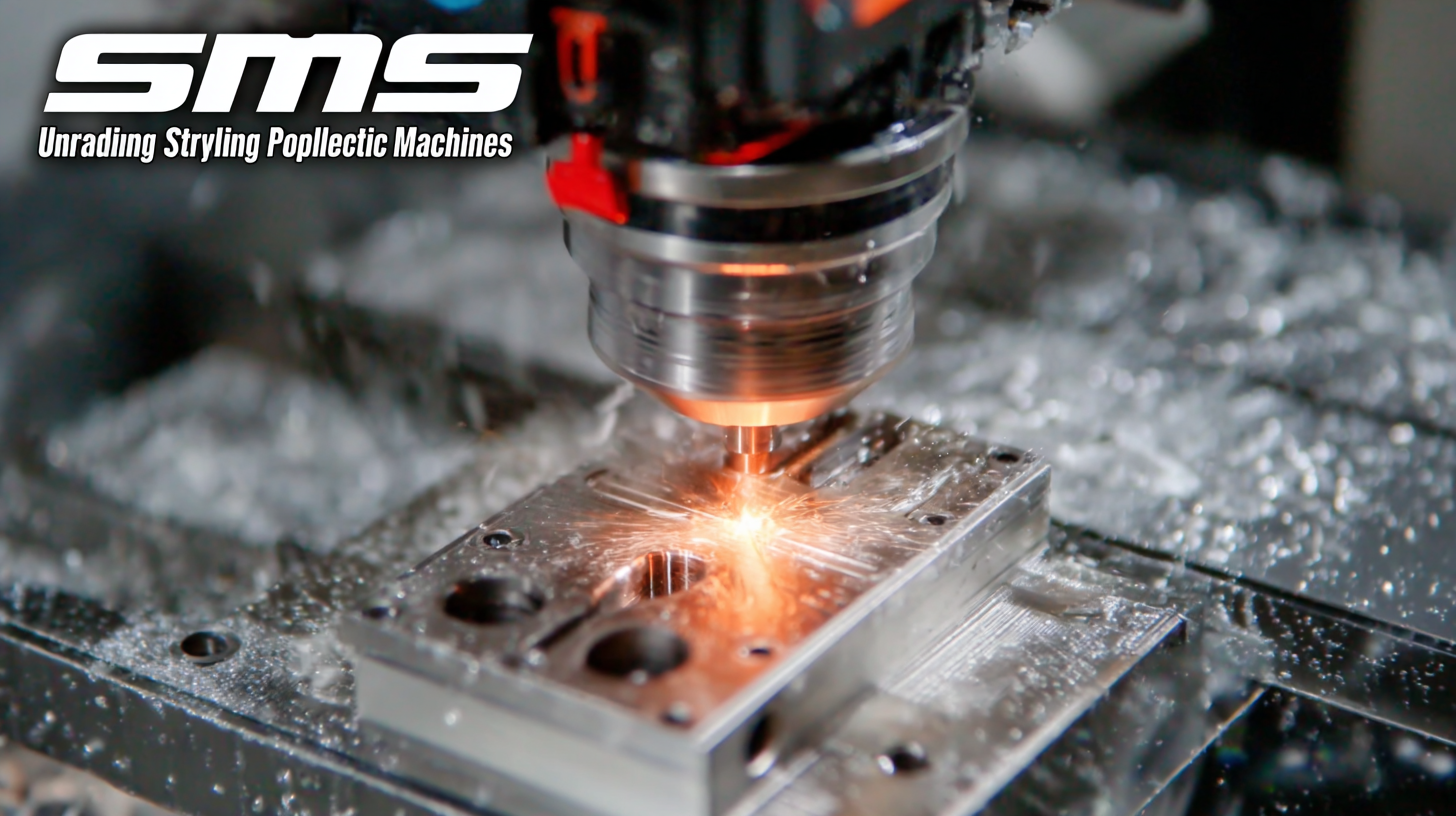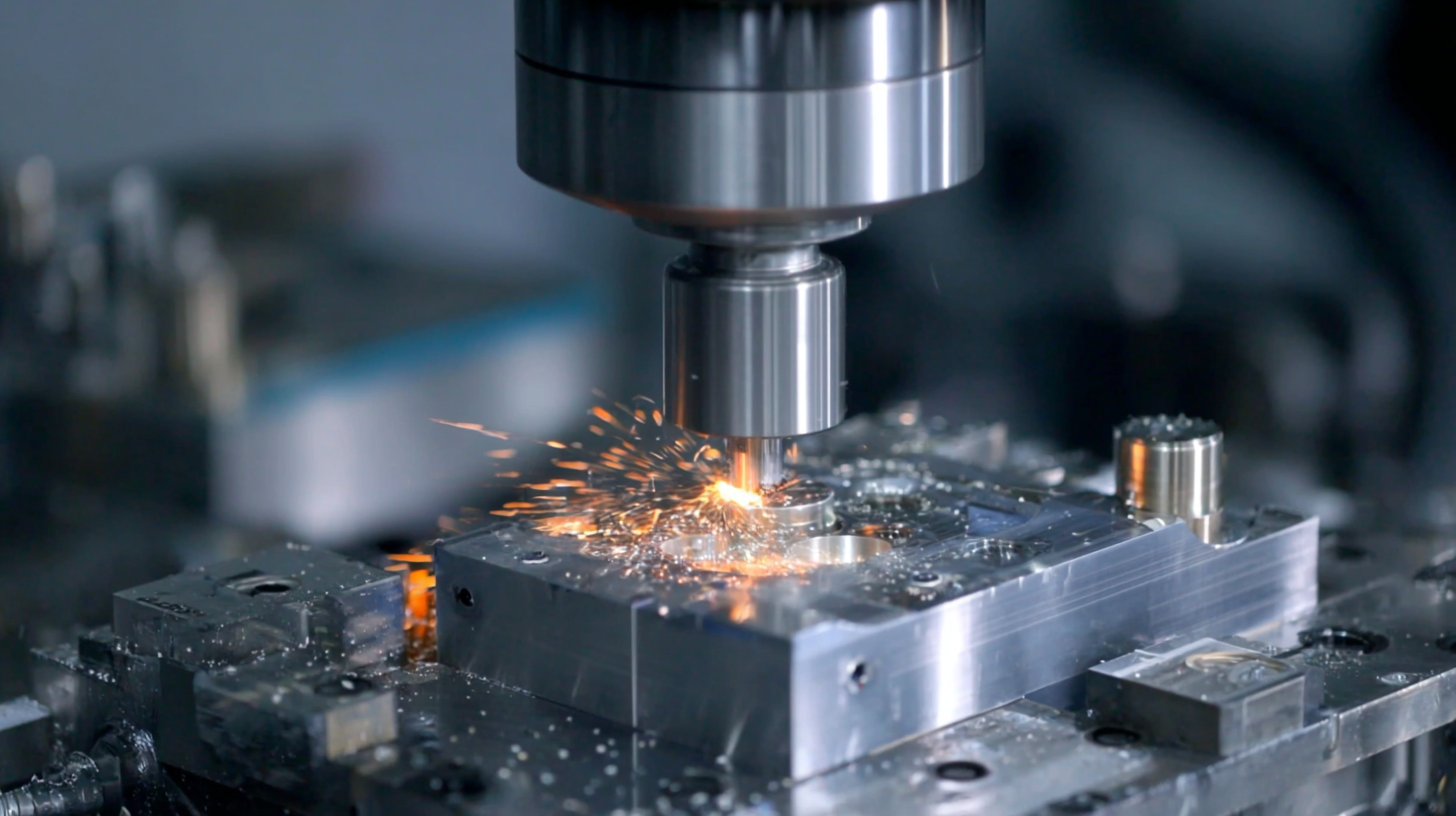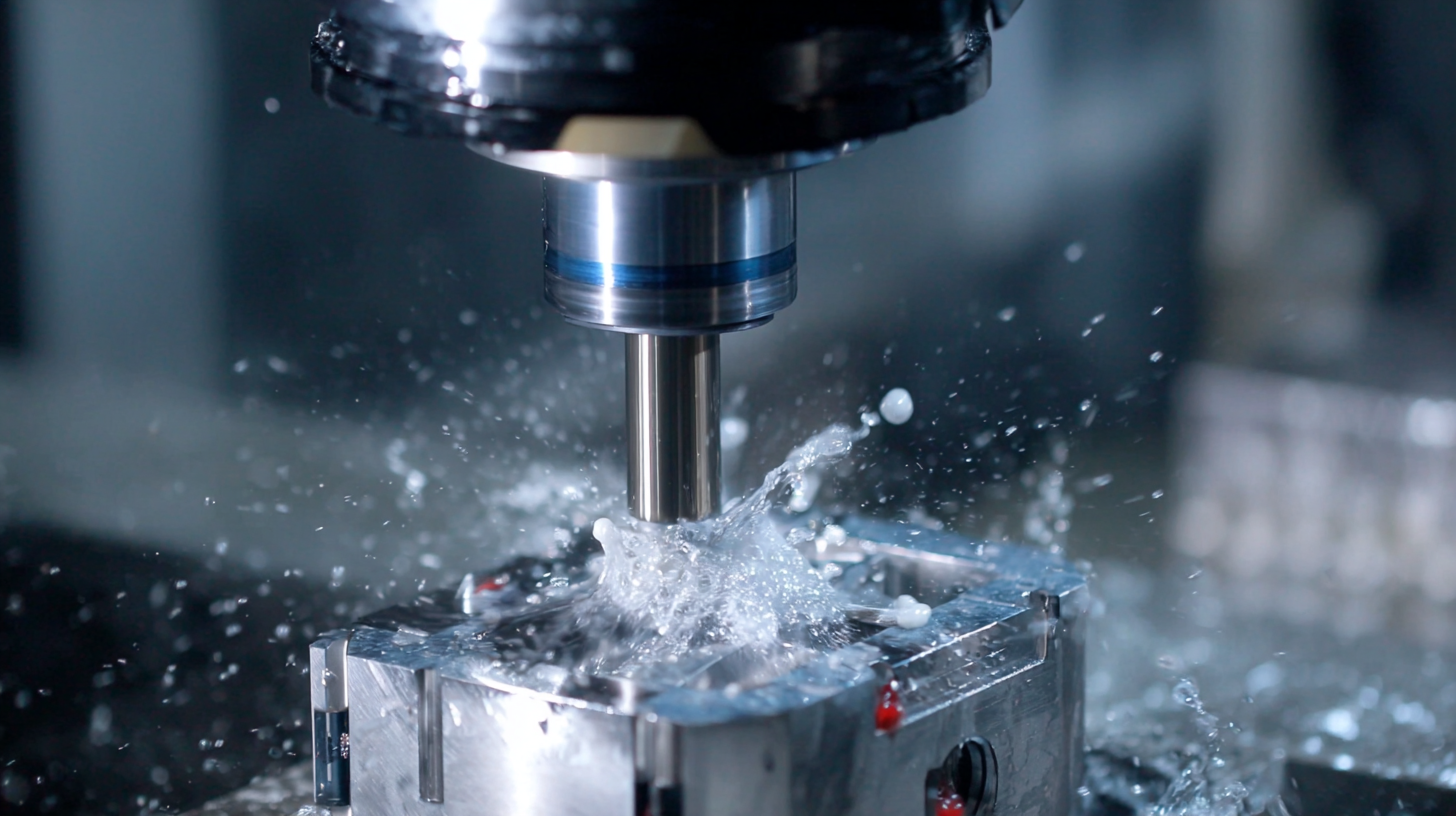Understanding the Standards in Best Rapid Prototype Machining Practices
In the ever-evolving landscape of manufacturing, rapid prototype machining has become an essential practice that allows companies to bring their ideas to fruition swiftly and efficiently. Understanding the standards that govern this process is crucial for businesses aiming to maintain competitiveness in today's market. This blog will explore the intricacies of rapid prototype machining, focusing on the importance of industry import and export certifications that ensure quality and compliance. Through a blend of technical insights and practical tutorials, we aim to equip readers with the knowledge necessary to navigate the complexities of these standards. Whether you are an industry veteran or a newcomer, understanding these certifications can significantly enhance your machining practices, leading to improved product quality and faster time-to-market. Join us as we delve into best practices that not only elevate production efficiency but also uphold the integrity and safety of prototypes in the global marketplace.

Key Factors in Rapid Prototype Machining Standards
When it comes to rapid prototype machining, understanding the key factors that form industry standards is crucial for successful outcomes. One significant aspect is the selection of materials, as the right choice can drastically affect the functionality and durability of prototypes. According to a recent report by SME (Society of Manufacturing Engineers), about 70% of rapid prototyping failures can be traced back to material selection issues. This highlights the importance of aligning material properties with the intended application, ensuring that prototypes can withstand real-world conditions.
Another critical factor in rapid prototype machining standards is the integration of advanced technologies such as CNC (Computer Numerical Control) machining and additive manufacturing. A study by Wohlers Associates indicates that the global market for additive manufacturing is projected to reach $35.6 billion by 2024, reflecting a growing reliance on these technologies for faster and more accurate prototyping. Adopting these innovative approaches not only accelerates the development cycle but also enhances precision, enabling engineers to create complex geometries that were previously unattainable.
Consistent quality assurance remains another pillar of rapid prototype machining standards. Implementing a robust quality control process, as recommended by the ISO 9001 framework, ensures that each prototype meets the necessary specifications before moving forward. As businesses increasingly prioritize faster time-to-market, setting and adhering to stringent standards becomes ever more vital in maintaining competitiveness and delivering high-quality products.

Comparative Analysis of Different Machining Techniques
When it comes to rapid prototype machining, selecting the right technique is crucial for ensuring efficiency and accuracy. This comparative analysis highlights various machining methods such as CNC machining, 3D printing, and injection molding. Each technique has its unique strengths and weaknesses; for instance, CNC machining provides exceptional precision and the ability to work with a wide range of materials, while 3D printing offers unparalleled design flexibility and shorter lead times.
**Tip:** When choosing a machining technique, consider the specific requirements of your project, such as material properties, dimensional accuracy, and production volume. This will help narrow down your options and lead to better outcomes.
Injection molding, on the other hand, excels in producing high-volume parts with consistent quality, making it a preferred choice for production runs. However, the initial setup costs can be prohibitive for small quantities. Understanding these differences allows engineers and designers to make informed choices, ultimately enhancing the rapid prototyping process.
**Tip:** Always evaluate the total cost of ownership for each machining method, including tools, materials, and time, to determine the most cost-effective solution for your needs.
Understanding the Standards in Best Rapid Prototype Machining Practices
This chart presents a comparative analysis of various machining techniques based on their efficiency and material usage in rapid prototyping. The data emphasizes the advantages and considerations for each method.
Evaluating Material Selection for Prototype Quality
Material selection is a crucial factor in achieving high-quality rapid prototypes. Different materials exhibit a wide range of properties, such as strength, flexibility, and heat resistance, which directly influence the performance and durability of the final product. When evaluating materials for prototyping, it is essential to consider the intended application of the prototype and the specific requirements that arise from it. For instance, if a prototype is meant to undergo significant stress, a high-strength material, such as metal or reinforced plastic, may be necessary to ensure it holds up under pressure.
Moreover, the manufacturing method associated with the chosen material can greatly affect the prototype's quality. Some materials lend themselves better to additive manufacturing techniques, while others may be suited for subtractive processes. Understanding these synergies can lead to more effective designs and prototypes that not only meet functional requirements but also facilitate faster production times. Additionally, considering factors such as cost, availability, and the sustainability of materials can further aid in selecting the best options for prototyping. Careful evaluation of material selection ultimately leads to optimized prototypes that meet industry standards and user expectations.

Cost versus Quality: Finding the Right Balance in Prototyping
In the realm of rapid prototyping, the debate between
cost and
quality is a critical consideration for manufacturers and designers alike.
Striking the right balance can be challenging, as cheaper materials and methods may compromise the integrity and functionality of prototypes.
On the other hand, investing heavily in high-quality processes can inflate budgets, potentially stifling innovation or limiting project scope.
Therefore, understanding the specific requirements of each project is paramount to achieving the best outcomes without overspending.
Different projects may call for varied approaches; for instance, a prototype intended for initial concept testing might benefit from a less expensive production route.
Conversely, when developing a prototype that will undergo rigorous testing or needs to reflect closely on the final product,
quality should take precedence.
By carefully evaluating the purpose and expected use of the prototype, organizations can make informed decisions that align their resources with project objectives,
ultimately leading to successful and efficient prototyping outcomes.
Innovations in Rapid Prototyping Technologies and Standards
The field of rapid prototyping has seen significant innovations that have reshaped manufacturing processes across various industries. According to a report by Wohlers Associates, the additive manufacturing industry alone grew by 21% in 2021, underscoring the rising reliance on rapid prototyping technologies. These advancements not only enhance design versatility and speed up production but also set new standards for precision and material efficiency. With the advent of technologies such as integrated CAD/CAM systems and advanced 3D printing techniques, manufacturers can produce high-fidelity prototypes in a fraction of the time compared to traditional methods.
Moreover, the ongoing development of standardized protocols is crucial for establishing best practices in rapid prototyping. The ISO/ASTM 52900 standard provides a foundational framework for processes and materials used in additive manufacturing, which is pivotal for ensuring quality and interoperability. As industries like aerospace and healthcare increasingly adopt these techniques, compliance with such standards not only drives innovation but also enhances safety and effectiveness. As reported by the American Society for Testing and Materials (ASTM), adhering to these standards can reduce production costs by as much as 30%, illustrating the significant impact that structured practices can have in optimizing rapid prototyping workflows.